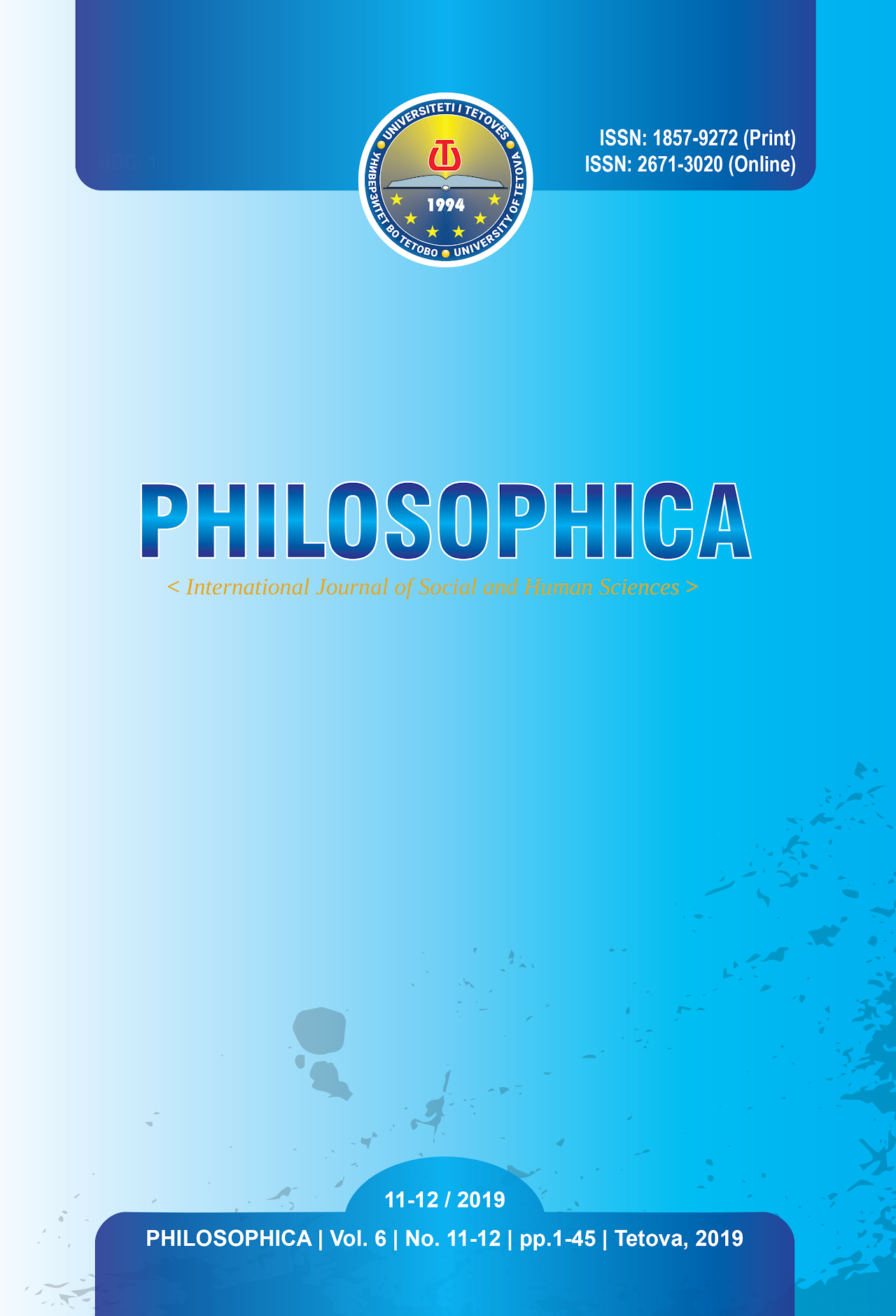TEACHING AND LEARNING ORIENTED AND IN FUNCTION OF STUDENTS' LEARNING STYLES
TEACHING AND LEARNING ORIENTED AND IN FUNCTION OF STUDENTS' LEARNING STYLES
Author(s): Qufli Osmani, Musa MusaiSubject(s): Philosophy, Social Sciences
Published by: University of Tetova
Keywords: Learning styles;pragmatist;reflective;activist;theorist;reliability;
Summary/Abstract: The purpose of the study can be defined as an attempt to establish whether there is a relationship between teaching, learning and learning styles and to provide a defining and stimulating framework for learning and teaching in the secondary and higher education system. The research was conducted on a sample of 276 subjects out of which 245 students and 31 teachers. Students aged between 15-23 years of age, of whom 85 are high school students and 160 are social studies students. The Learning Styles Questionnaire (Honey & Mumford, 1986) was used to measure learning styles, which measures four distinct styles (pragmatic, reflective, activist, and theorizing) consisting of a total of 40 items (out of ten for each style in particular).The results provide considerable pragmatic findings. Teachers and students develop reflective (3385%) and theoretical (29.81%) learning styles. 17.44% of students are classified without a predominant style. From the obtained correlation coefficients, we conclude that there is a statistically significant correlation between teacher and student learning styles (0.72). The research did not identify differences in the context of learning styles between the dominant styles in secondary and higher education as well as gender differences in contexts of learning styles. Theoretical and reflective learning styles remain dominant learning options throughout the studies.
Journal: PHILOSOPHICA International Journal of Social and Human Sciences
- Issue Year: 6/2019
- Issue No: 11-12
- Page Range: 29 - 38
- Page Count: 10
- Language: English

